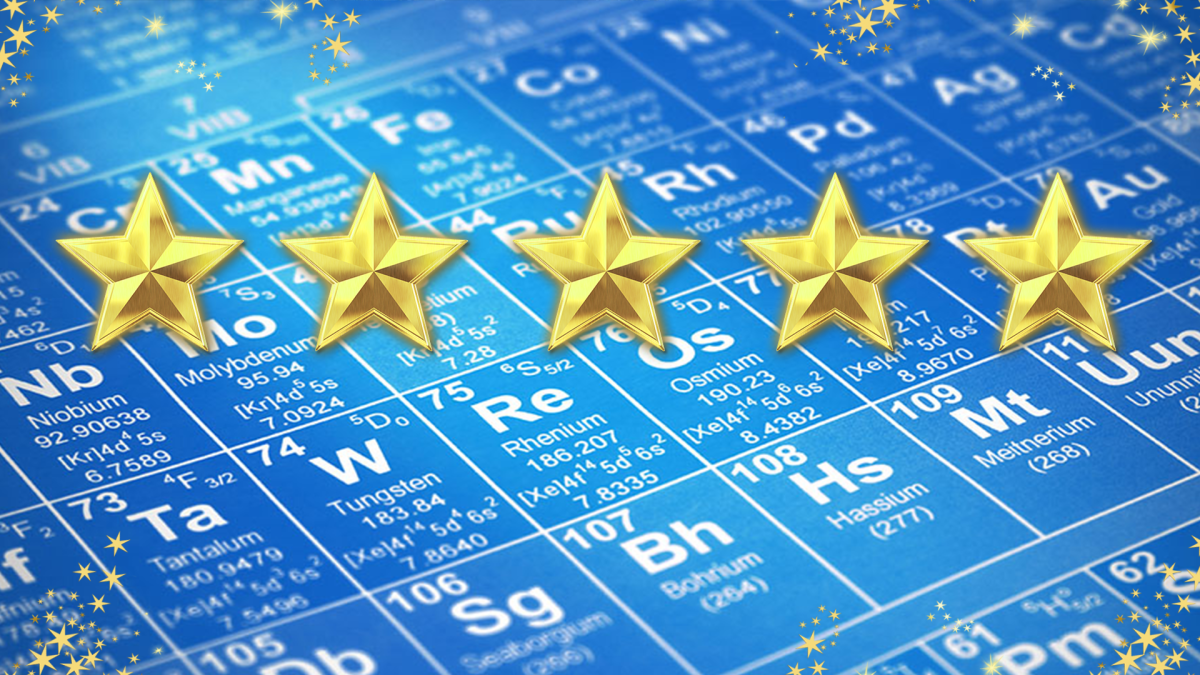
How Accessible is Solar Energy?
by Milton Johnson
Students begin by using the Google Sunroof website to compare the cost/benefits of installing solar panels on a home's roof using different financial methods- buying, leasing and renting panels. After examining the affordability of panels, students also consider if solar panels are financially accessible to most citizens. Students are then introduced to the 'Solar Equity Gap', which claims that low income people, who could best benefit from lower energy bills, are the least likely to be able to afford them. Lastly they examine potential solutions to reduce the gap.
Lesson Plan Link/URL
https://docs.google.com/presentation/d/1H3iySNsYldnSV_euy9UnD-VsCcoD0Vi4/edit?u…Related Content

Grades:
6th Grade, 7th Grade, 8th Grade, 9th Grade, 10th Grade, 11th Grade, 12th Grade
This lesson is designed to encourage students to explore their interests and pursue their passions while diving into the world of STEM. This lesson takes place in a classroom for one semester. 1 hour

Grades:
9th Grade, 10th Grade, 11th Grade, 12th Grade
The first rule in the chemistry lab is “don’t eat or drink or lick anything in the lab”! This lesson breaks those rules and shows students how culinary is really a practical application of chemistry

Grades:
10th Grade, 12th Grade
This lesson builds on the Part 1 of Urbanization Impacts in the HS Environmental Science classroom. In this lesson, students are utilizing their knowledge to create models of solutions to the